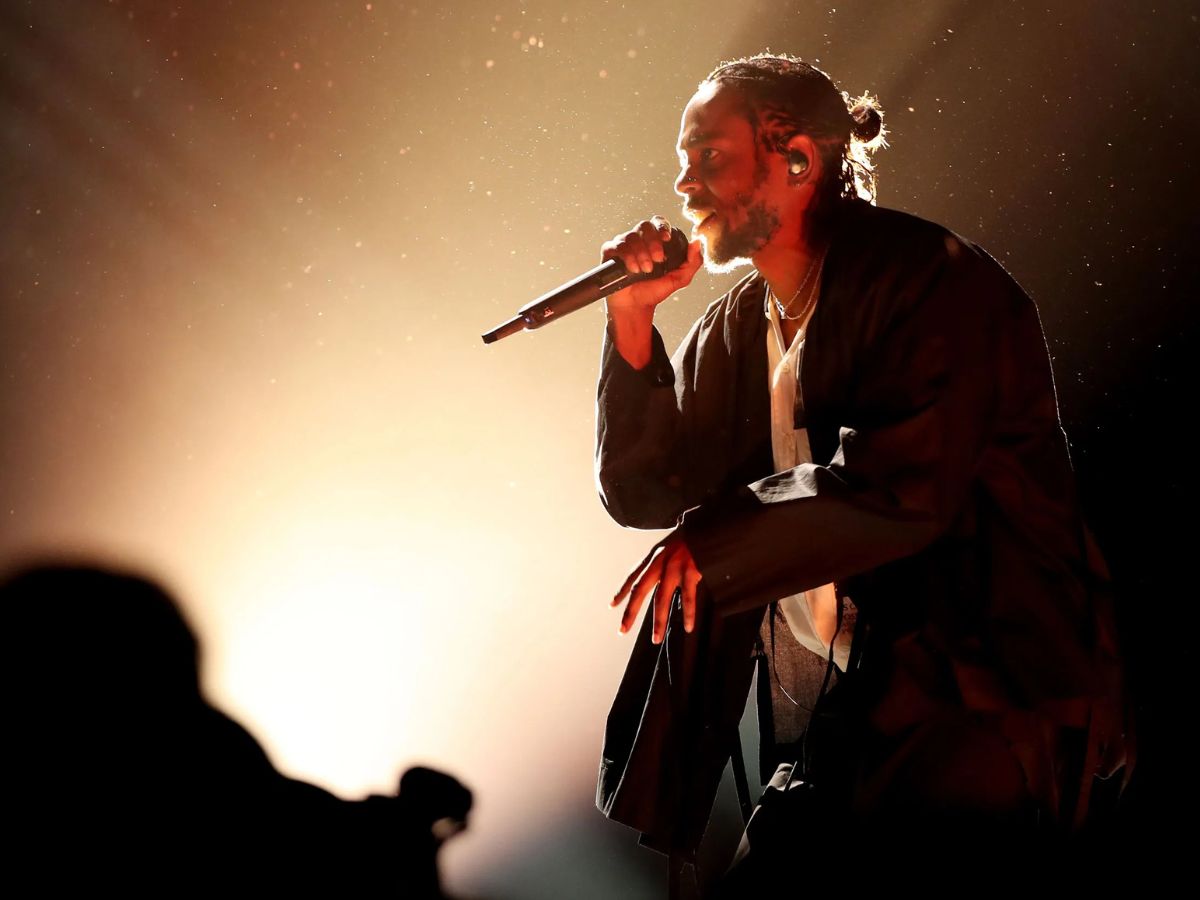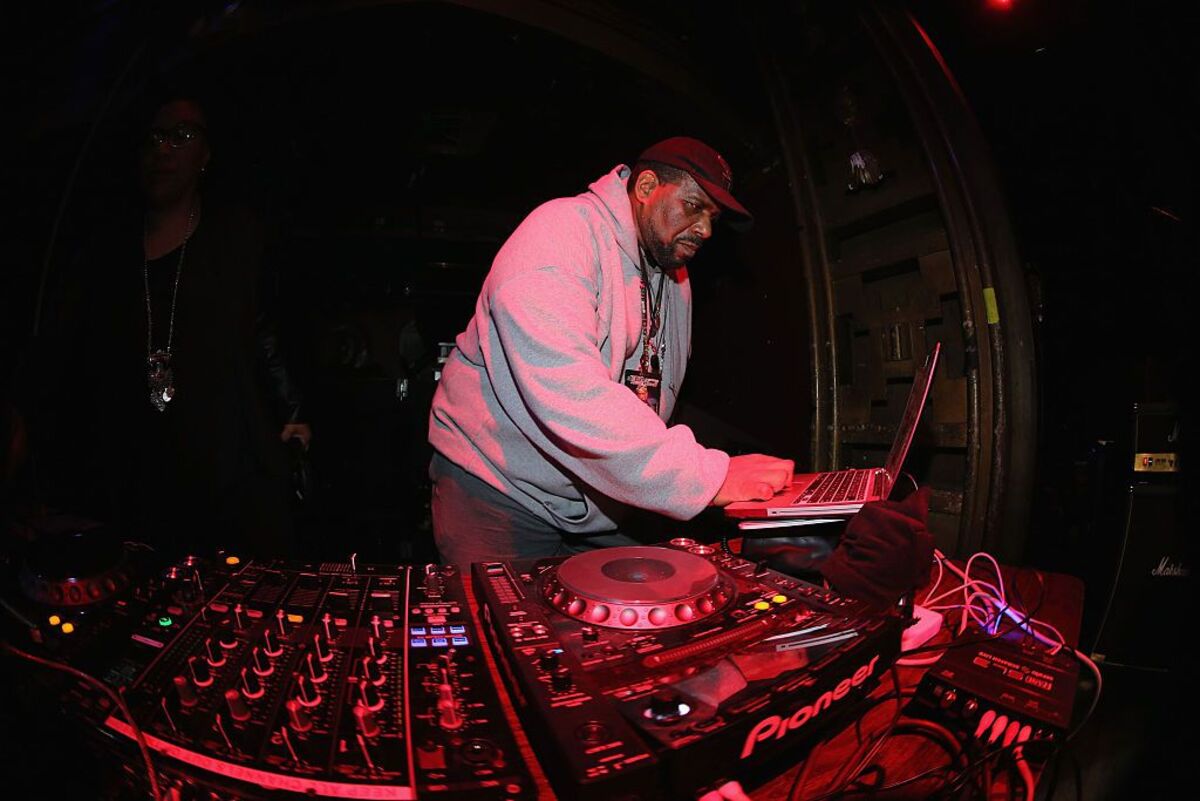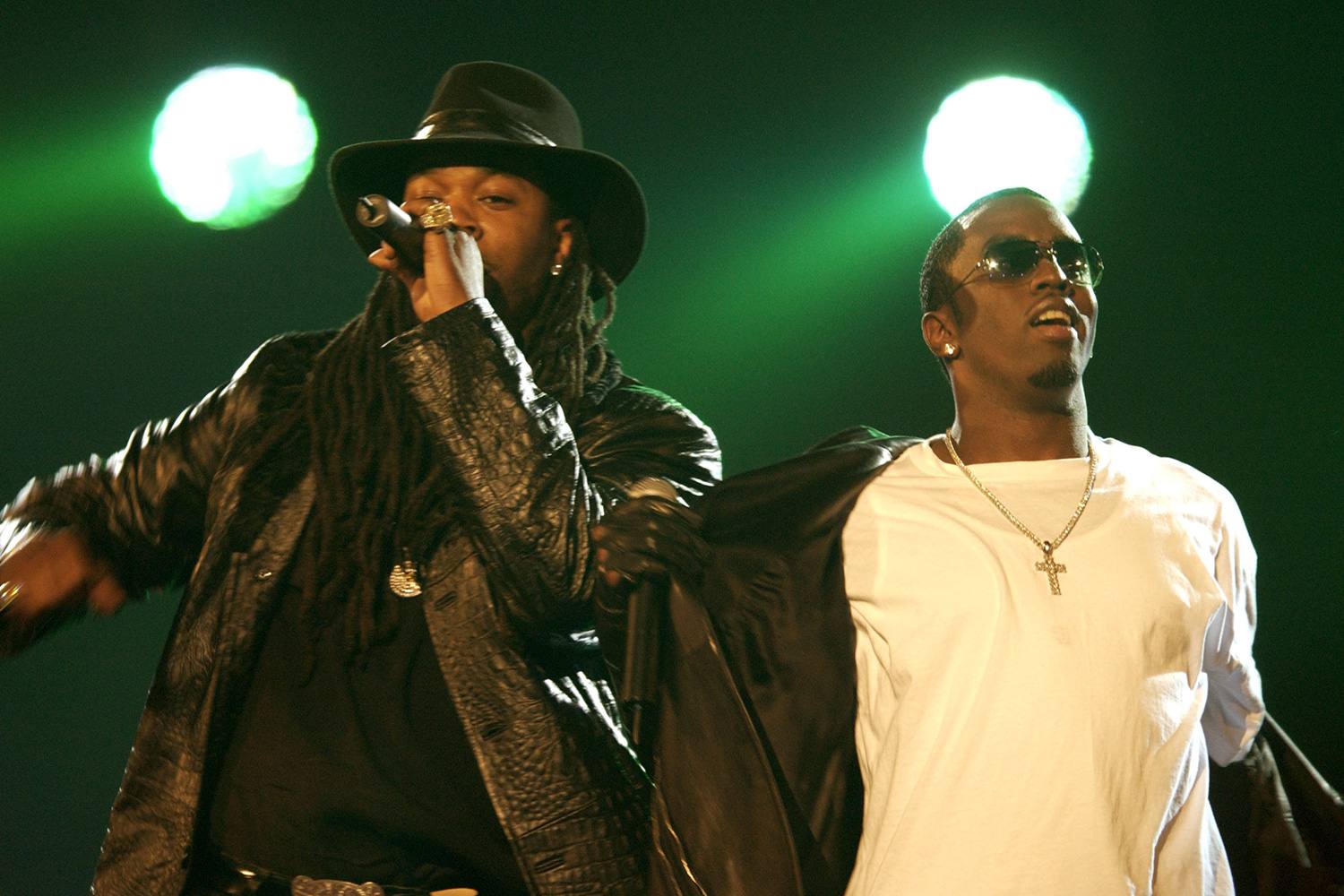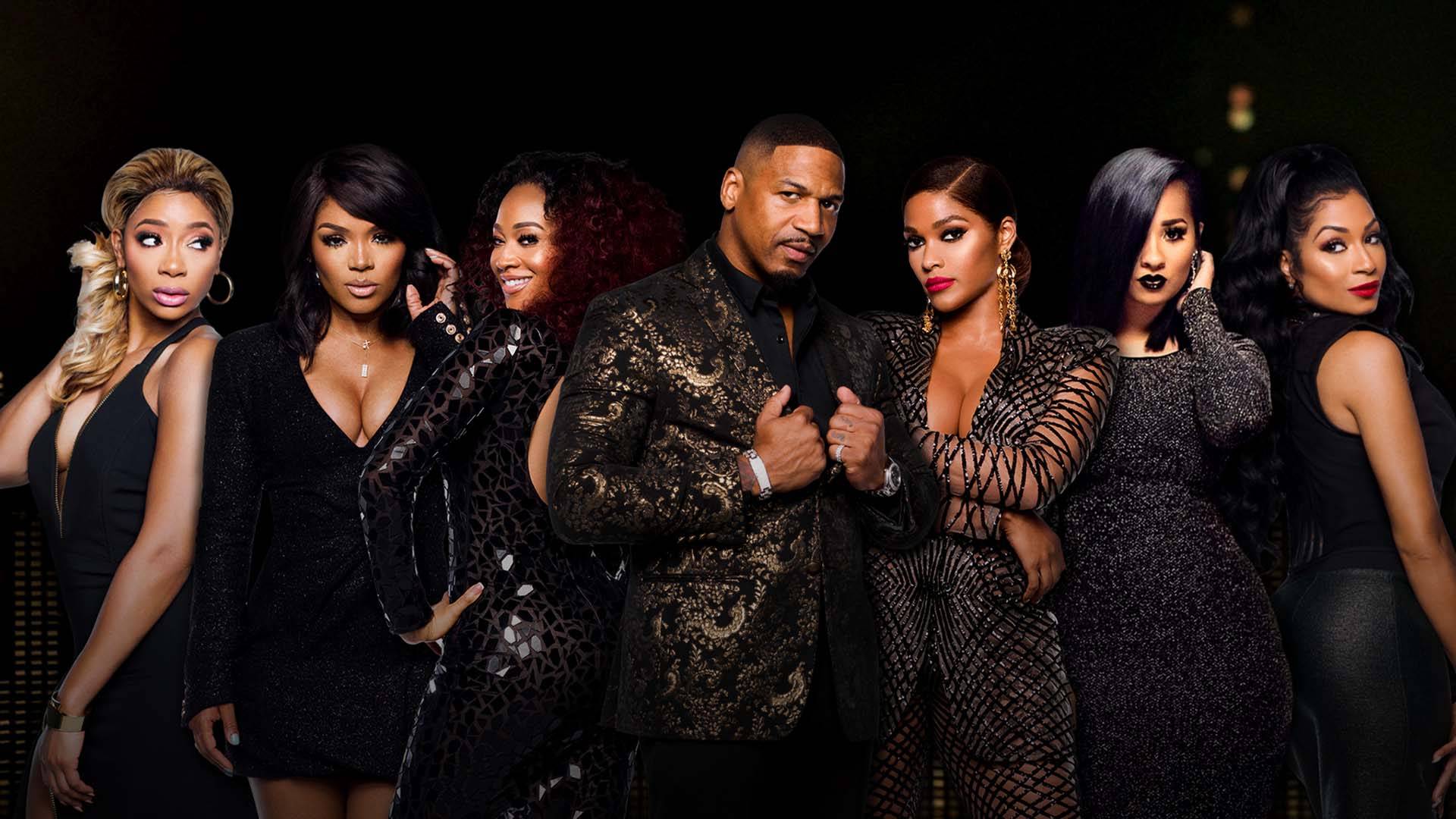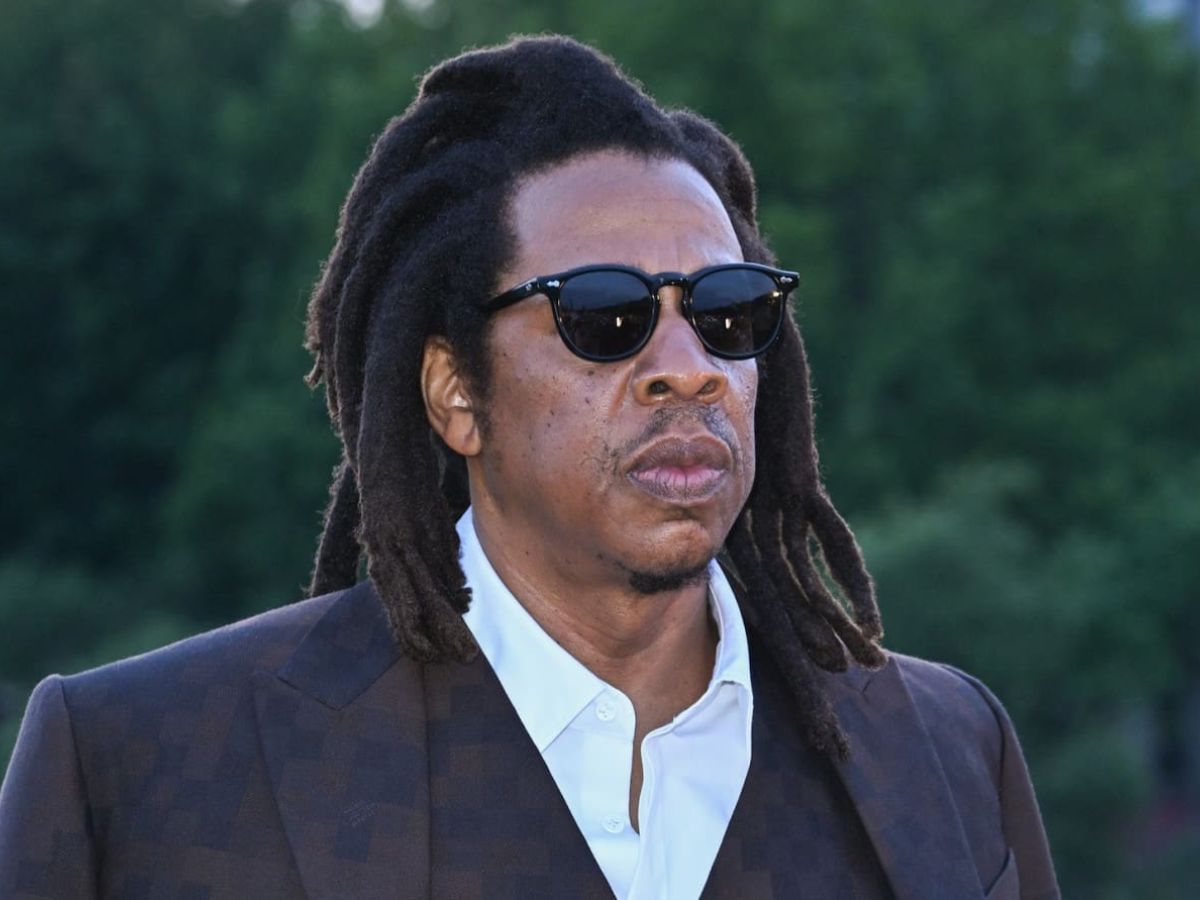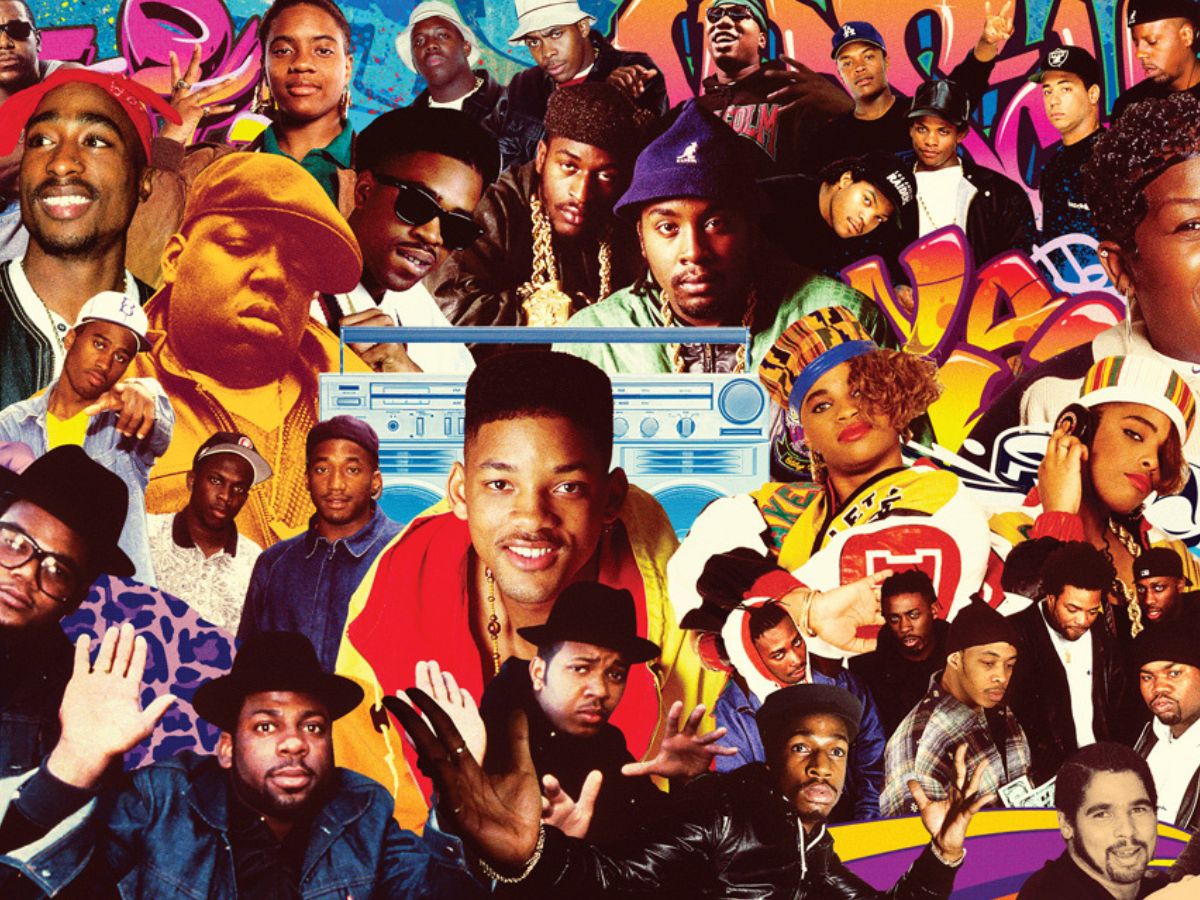

Hip Hop
Who Made The First Hip Hop Song
Modified: March 3, 2024
Discover the origins of Hip Hop and find out who made the first Hip Hop song. Uncover the history behind this influential genre that has shaped music and culture.
(Many of the links in this article redirect to a specific reviewed product. Your purchase of these products through affiliate links helps to generate commission for AudioLover.com, at no extra cost. Learn more)
Table of Contents
Introduction
Hip Hop music, with its infectious beats, soulful melodies, and thought-provoking lyrics, has become a global phenomenon over the years. From the gritty streets of New York City to the glamorous stages of Los Angeles, Hip Hop has infiltrated nearly every corner of the music industry. But have you ever wondered who made the very first Hip Hop song?
In this article, we venture back to the early days of Hip Hop, exploring its origins and tracing the footsteps of those who pioneered the genre. We’ll delve into the vibrant music scene of the Bronx, where Hip Hop first emerged, and unravel the controversies surrounding the claim to fame of the first Hip Hop song. So grab your headphones and get ready to dive into the rich history of this dynamic genre.
Whether you’re a dedicated Hip Hop fan or just curious about its roots, understanding the origins of the music and the individuals who laid the foundation is crucial. Hip Hop is more than just a genre; it’s a cultural movement that gave a voice to the marginalized and provided a creative outlet for artistic expression.
By examining the birthplace of Hip Hop and the early innovators, we can gain a deeper appreciation for the evolution of the genre and the impact it has had on society. So, buckle up and join us on this journey through time as we uncover the beginnings of Hip Hop and the quest to find the first Hip Hop song that started it all.
Origins of Hip Hop Music
Hip Hop music has its roots in African American and Caribbean communities, where the fusion of various musical influences gave birth to a new and vibrant sound. It emerged as a response to social and cultural issues, serving as a form of self-expression and storytelling.
The rhythmic beats, known as “breakbeats,” were a crucial element of early Hip Hop. DJs would isolate and loop the percussion sections of funk, soul, and disco records, creating unique musical compositions that became the foundation for MCs (Master of Ceremonies) to rap over.
The art of rapping, or rhythmic speech, became a hallmark of Hip Hop. Rappers would use their lyrics to convey their personal experiences, social commentary, and stories of their communities. The lyrical content of early Hip Hop often addressed themes of injustice, poverty, and life in the inner cities.
In addition to the music and lyrics, various other elements contributed to the culture of Hip Hop, including breakdancing, graffiti art, and DJing. These elements formed the pillars of Hip Hop’s artistic expression, creating a multi-dimensional movement that encompassed music, dance, and visual art.
The emergence of the Hip Hop music movement can be traced back to the 1970s in the borough of the Bronx, New York City. At the time, the Bronx was plagued by poverty, crime, and social unrest. It was in this tumultuous setting that Hip Hop found fertile ground to blossom.
Young people in the Bronx sought refuge and solace in the creative outlets that Hip Hop offered. Block parties became the breeding ground for Hip Hop culture, where DJs would set up their turntables on the streets and MCs would lyrically battle to showcase their talents.
The Bronx’s unique blend of cultural diversity played a significant role in shaping the sound and style of early Hip Hop. African American, Hispanic, and Caribbean influences intertwined, bringing together different musical traditions and creating a melting pot of musical innovation.
As Hip Hop gained popularity in the Bronx, it started to spread to other boroughs of New York City, captivating audiences and gaining recognition beyond its humble beginnings. The transformative power of Hip Hop could not be denied, as it became a voice for the voiceless and a platform for artistic expression in communities around the world.
In the next section, we will explore the specific happenings in the Bronx that led to the birth of Hip Hop and the individuals who played a pivotal role in its early development. Join us as we dive deeper into the heart of where it all began.
The Bronx and the Birth of Hip Hop
When we talk about the birthplace of Hip Hop, we cannot overlook the significance of the Bronx, New York. The gritty borough played a crucial role in nurturing and cultivating the early days of the genre, providing the perfect backdrop for its inception.
In the 1970s, the Bronx faced economic decline, social unrest, and a sense of neglect from the outside world. The residents, predominantly African American and Hispanic, were dealing with issues of poverty, violence, and limited opportunities. However, amidst these challenges, a vibrant and creative subculture was brewing.
The Bronx became a breeding ground for creativity, with block parties and community centers acting as catalysts for the emergence of Hip Hop. These cultural gatherings allowed young people to come together, showcase their talents, and inspire each other.
It was at these block parties that DJs such as Kool Herc, Grandmaster Flash, and Afrika Bambaataa gained prominence. These pioneers of Hip Hop created innovative techniques, blending and manipulating records to create rhythmic beats that sent crowds into a frenzy.
The role of the DJ was crucial in shaping the early sound of Hip Hop. They were not just playing music; they were innovators and architects, using their turntables as instruments to create new sounds and rhythms. The parties were filled with energy, as people dived into the infectious beats and showcased their dancing skills with moves that would later be known as breakdancing.
MCs, also known as rappers, emerged alongside the DJs, using their poetic skills to captivate the audience. They would engage in energetic verbal battles, trading verses and showcasing their lyrical prowess. This interaction between the DJ and MC became the foundation of the Hip Hop performance.
Graffiti art also played a significant role in the Bronx Hip Hop scene. Artists would express themselves through vibrant and elaborate murals, adorning trains and walls with colorful tags and intricate designs. Graffiti became a visual representation of the rebellious spirit and artistic expression within the Hip Hop culture.
All these elements, the DJing, rapping, breakdancing, and graffiti, came together to form the core of the Hip Hop movement. It provided a means of self-expression, an escape from the struggles of everyday life, and a way to reclaim their identities and be heard.
The Bronx, with its unique blend of cultural influences and a community hungry for change, provided the fertile ground for the birth of Hip Hop. The energy and creativity that thrived in the borough would go on to shape the future of music, fashion, and popular culture.
In the next section, we will take a closer look at the pioneering figures who helped shape Hip Hop in its early years and propelled the genre onto the worldwide stage.
The Pioneers of Hip Hop
The early days of Hip Hop were marked by a group of visionary individuals who became the pioneers and ambassadors of the genre. Through their innovative techniques, artistic talents, and charismatic personalities, they laid the foundation for the global phenomenon that Hip Hop has become today.
Kool Herc, known as the “Father of Hip Hop,” was instrumental in shaping the early sound of the genre. He is credited with developing the breakbeat technique, where he isolated and extended the instrumental sections of songs to create extended dance breaks. Herc’s DJing style and ability to keep the crowd engaged and energized set the stage for future DJs to explore and push the boundaries of Hip Hop music.
Grandmaster Flash, another influential figure, took DJing to new heights with his innovative turntable techniques. He introduced the concept of “back-spinning,” where he manually manipulated the record to repeat certain parts of the track, creating an endless loop of beats. Flash’s precise skills and meticulous attention to detail became a standard among DJs, showcasing the technical mastery required to create seamless mixes and keep the crowd moving.
Afrika Bambaataa, a former gang member turned cultural ambassador, was instrumental in expanding the reach of Hip Hop beyond the Bronx. As the leader of the Zulu Nation, a collective of artists and activists, Bambaataa emphasized the positive aspects of Hip Hop, using it as a platform for social activism and community empowerment. He is often credited with creating the term “Hip Hop” itself, unifying the elements of DJing, MCing, breakdancing, and graffiti under one cultural movement.
Alongside the DJs, MCs played a crucial role in the development and popularity of Hip Hop. Figures like Grandmaster Caz, Kurtis Blow, and Melle Mel brought their distinctive styles and lyrical prowess to the forefront. They were the storytellers, using their words to paint vivid pictures of life in the inner cities and captivate audiences with their rhymes and flow. The MCs served as the voice of the Hip Hop movement, addressing social issues, and giving a voice to the marginalized communities.
Breakdancing, with its acrobatic moves and intricate footwork, became synonymous with Hip Hop. Dancers like Crazy Legs and Rock Steady Crew showcased their skills on the streets, elevating breakdancing from a local phenomenon to a worldwide cultural phenomenon. Their athleticism and creativity brought a new dimension to the Hip Hop movement, inspiring generations of dancers to express themselves through movement and rhythm.
Collectively, these pioneers of Hip Hop laid the groundwork for the genre’s future success. Their creativity, innovation, and unwavering dedication to their craft set the stage for the global domination of Hip Hop, challenging societal norms and establishing a culture that continues to thrive and evolve to this day.
In the next section, we will address the controversies surrounding the claim to fame of the first Hip Hop song and the ongoing debate among scholars and enthusiasts.
Controversies Surrounding the First Hip Hop Song
When it comes to determining the first Hip Hop song, there has been a long-standing debate and a lack of consensus. The origins of Hip Hop were rooted in the live performances and jam sessions of DJs, MCs, and dancers in the Bronx, making it challenging to pinpoint a definitive starting point. However, several songs have been suggested as contenders for the first Hip Hop track.
One of the often-cited songs is “Rapper’s Delight” by the Sugarhill Gang, released in 1979. The track became a commercial success, reaching the top of the charts and introducing Hip Hop to a wider audience. With its catchy rhymes and infectious beat, “Rapper’s Delight” is undeniably an iconic record in Hip Hop history. However, critics argue that it was more of a commercial product than a representation of the raw and organic nature of early Hip Hop.
Another track that holds significance in Hip Hop history is “The Message” by Grandmaster Flash and the Furious Five, released in 1982. Considered a pioneering song in socially conscious Hip Hop, “The Message” tackled issues of poverty, crime, and social struggles in the inner city. The track resonated with listeners, showcasing the potential of Hip Hop as a platform for storytelling and social commentary.
While these songs have been influential in shaping the development of Hip Hop, some argue that they were not the first Hip Hop songs per se. The early performances and parties in the Bronx were often improvised and freestyled, making it difficult to identify specific tracks as the definitive beginning of the genre.
Additionally, there are those who believe that the first Hip Hop song might not have been widely recorded or distributed. It could have been a live performance or a recording that never gained mainstream attention. The absence of official documentation from the early days of Hip Hop adds to the mystery and difficulty in pinpointing the first Hip Hop song.
It’s important to acknowledge that Hip Hop, as a cultural movement, was built on collaborative efforts and multiple contributions from numerous individuals. The essence of Hip Hop was the collective spirit and the sense of community, rather than individual songs or records. It was an evolving and ever-changing art form that drew inspiration from various sources, continuously pushing boundaries and reinventing itself.
While the debate over the first Hip Hop song may never be definitively settled, what remains undeniable is the impact and influence that the early Hip Hop pioneers had on the music industry and popular culture as a whole. Their creativity, innovation, and courage to challenge the status quo laid the groundwork for the global phenomenon that Hip Hop has become today.
In the next section, we will explore the ongoing search for the first Hip Hop song and the efforts to document and preserve the history of this influential genre.
The Search for the First Hip Hop Song
In the quest to determine the first Hip Hop song, enthusiasts, scholars, and music historians have embarked on a journey to unearth the hidden gems and document the history of this influential genre. The search for the first Hip Hop song goes beyond simply finding a single track; it is about preserving the culture and recounting the stories of the pioneers who laid the groundwork for Hip Hop’s global impact.
Archival efforts and oral history projects have played a crucial role in piecing together the early days of Hip Hop. Scholars and researchers have delved into interviews, newspaper clippings, photographs, and personal accounts to build a comprehensive timeline and construct an accurate narrative. These initiatives, such as the Cornell Hip Hop Archive and the Universal Hip Hop Museum, serve as invaluable resources in documenting the lineage and cultural significance of Hip Hop.
Community initiatives have also played a part in preserving the history of Hip Hop. Bronx-based organizations like the Hush Hip Hop Tours and the Bronx Music Heritage Center offer guided tours and educational programs that highlight the origins of the genre. These initiatives not only educate the public but also provide a platform for the voices of the community to be heard, ensuring that the legacy of Hip Hop is not forgotten.
The challenge in the search for the first Hip Hop song lies in the limited documentation from the early days. Many of the performances and jam sessions were never recorded, making it difficult to pinpoint specific songs or tracks as definitive starting points. However, through meticulous research and collaborations with the pioneers themselves, valuable insights and anecdotes have been collected, shedding light on the early years of Hip Hop.
Furthermore, the ongoing oral tradition of storytelling within the Hip Hop community has been instrumental in preserving the history and passing it down from one generation to the next. Artists, DJs, and dancers who were part of the early movement share their experiences, memories, and knowledge through interviews, documentaries, and live performances. These personal narratives add depth and authenticity to the search for the first Hip Hop song.
While the search for the first Hip Hop song may continue, it is crucial to remember that Hip Hop is more than just a single track. It is a cultural movement that encompasses music, dance, art, fashion, and a way of life. The focus should not solely be on identifying a single song but on recognizing and cherishing the collective contributions of the pioneers and the impact they have had on popular culture.
As the search for the first Hip Hop song continues, it is evident that the journey is as important as the destination. By uncovering and honoring the origins of this dynamic genre, we pay homage to the pioneers who paved the way and celebrate the enduring legacy of Hip Hop.
In the final section, we will conclude our exploration of the first Hip Hop song and reflect on the significance of this cultural phenomenon.
Conclusion
The origins of Hip Hop music can be traced back to the vibrant streets of the Bronx, New York, where a cultural revolution was brewing. From its humble beginnings at block parties to its global dominance, Hip Hop has become a powerful force that transcends boundaries and connects people from all walks of life.
While the search for the first Hip Hop song may be inconclusive, what remains undeniable is the impact and influence of the pioneering figures who shaped the genre. DJs like Kool Herc, Grandmaster Flash, and Afrika Bambaataa revolutionized the art of music mixing, while MCs like Grandmaster Caz, Kurtis Blow, and Melle Mel showcased the power of lyrical storytelling.
Hip Hop is more than just a genre of music – it is a cultural movement that encompasses a wide range of artistic expressions. Breakdancing brought dynamic moves and athleticism to the forefront, while graffiti art allowed visual artists to make their mark on the streets. Together, these elements form the pillars of Hip Hop’s artistic expression.
The controversies surrounding the first Hip Hop song have sparked ongoing debates, but the true essence of Hip Hop lies in its collective spirit and community-driven nature. It is a culture built on storytelling, self-expression, and social commentary, providing a voice for marginalized communities and empowering individuals.
The search for the first Hip Hop song is a journey that goes beyond finding a single track; it is about appreciating the rich history and cultural significance of Hip Hop. Archival efforts, oral history projects, and community initiatives play crucial roles in preserving the legacy of this influential genre.
As we reflect on the origins of Hip Hop, we must also recognize its continued evolution and the immense impact it has on music, fashion, and popular culture. Hip Hop has transcended geographical boundaries, bridging gaps and uniting people through its universal language.
So, the next time you groove to a Hip Hop beat or get lost in powerful lyrics, remember the pioneers who paved the way. They navigated the challenges of their time to birth a movement that continues to inspire and captivate audiences around the world.
Hip Hop is not just a genre; it is a cultural phenomenon that has transformed lives, challenged norms, and redefined the possibilities of music. It is a testament to the human spirit’s ability to create, innovate, and connect. Hip Hop is here to stay, it has a rich legacy, and its journey is far from over.


